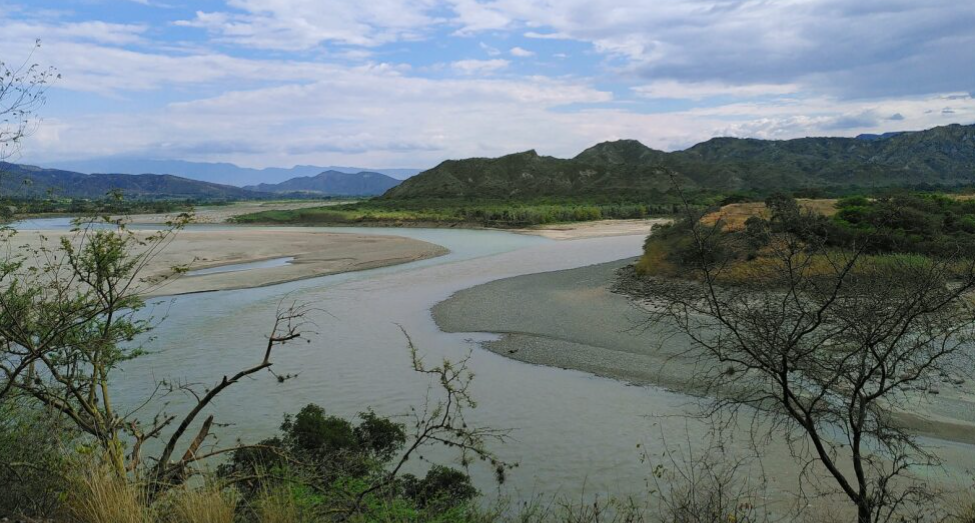Andes – Join For Water supports the creation of a water fund as a tool for the sustainable management of the Mayo-Chinchipe basin, on the border between Ecuador and Peru.
Join For Water operates with its partners in the Mayo-Chinchipe basin, located in northern Peru and southern Ecuador. In a total area of 981,190 hectares, about 230,000 people live in nearly 1,000 villages. The river is part of the wetlands of the Amazon. Yet some 40% of the region’s population has no access to potable water. The water sources themselves are also not well managed. By supporting the establishment of a water fund, we want to contribute to the sustainable management of the basin.
What is a water fund?
Deforestation, mining, agriculture, livestock and urban expansion contribute to the destruction or transformation of natural ecosystems, thus affecting biodiversity. Protective measures have been taken for some areas, but a significant portion of the region’s ecosystems lack effective conservation measures. Therefore, Join For Water is working with Protos Andes and Naturaleza y Cultura to facilitate the creation of a binational water fund.
According to The Nature Conservancy*, water funds are “organizations that design and improve financial and governance mechanisms that unite public, private and community stakeholders around a common goal of contributing to water security through nature-based solutions and sustainable watershed management.” Quite a mouthful, but simply put, a water fund is an association that brings together people living upstream and downstream of the river to jointly invest in projects that benefit all people and organizations in the watershed.
What is needed?
In Ecuador the river is called the Mayo, in Peru it is the Chinchipe, and that immediately indicates the challenge: the fact that the river flows through 2 countries complicates the management of water resources. So the water fund must also be cross-bordertransboundary. The creation of a water fund involves several stages. First, a feasibility study is conducted, with an analysis of current water problems, of the possible contributions of a water fund to address these challenges, and an evaluation of the conditions for establishing a water fund. This feasibility study for the Mayo-Chinchipe basin was completed in 2023. The main conclusion of the study is that it is both desirable and feasible to proceed with the establishment of the water fund. The primary objectives of the bi-national water fund are categorized based on the 5 dimensions of water security:
- Domestic water security: ensure and improve the quality of drinking water and sanitation for residents.
- Economic water security: promoting conservation and restoration processes.
- Urban water supply: treating discharges and increasing the efficiency of domestic water use.
- Water security for the environment: protecting freshwater ecosystems so that they can continue to provide water for people and nature.
- Resilience to natural disasters: improving the capacity of ecosystems to make communities more resilient to the impacts of floods and droughts.
The successful completion of the feasibility study marks a major step in the establishment of the bi-national water fund of the Mayo-Chinchipe sub-basin. With our continued support, the design process for the water fund is now underway. Together, we strive to build a sustainable and impactful initiative that meets the specific needs of the region and ensures a resilient and safe water future for all.
* An American conservation organization, active in 35 countries.

